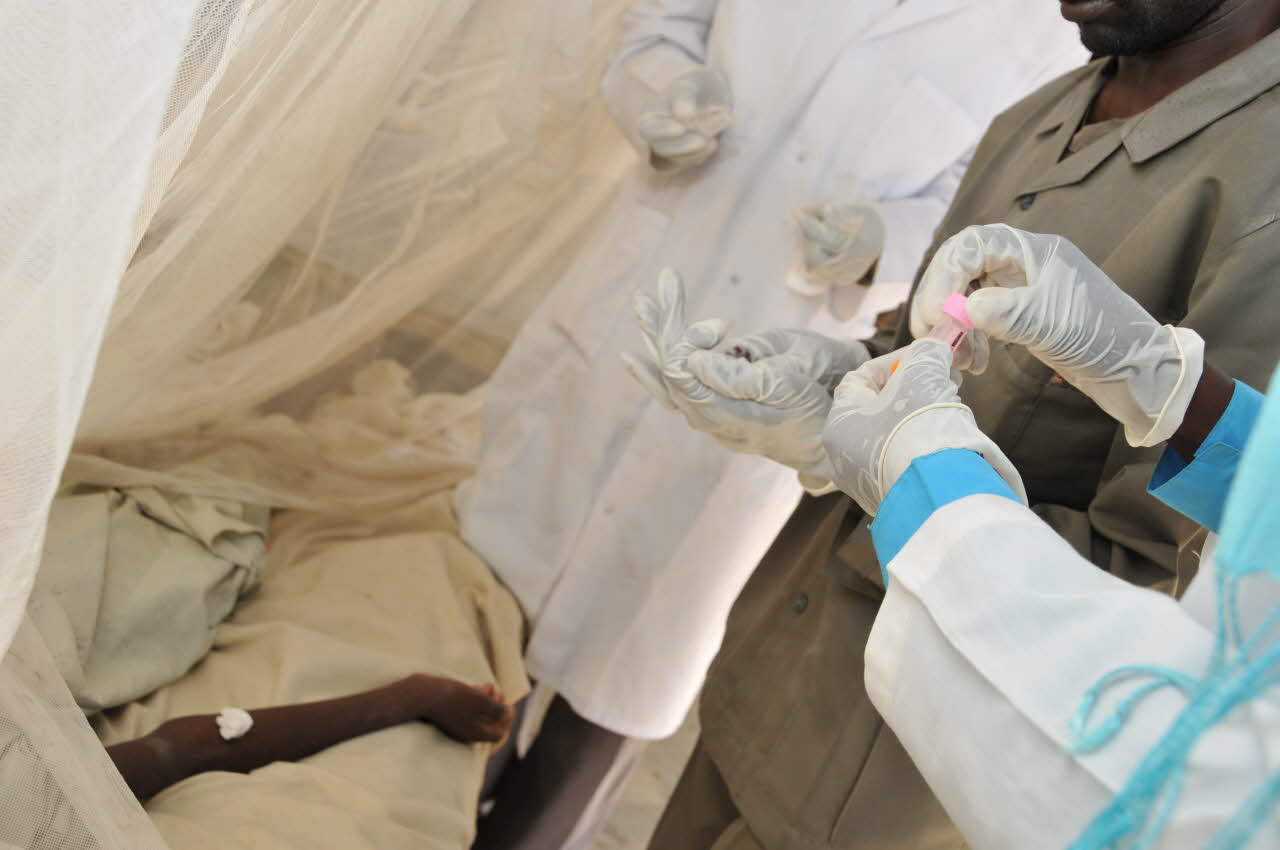Resource-Limited Settings: Treating Patients with Acute Infections

Resource-Limited Settings: Treating Patients with Acute Infections
ICM ARTICLE REVIEW
The impact of infection and sepsis has a significantly greater impact on mortality and morbidity in middle and low income countries compared to the Western world. Differences in patient demographics and available healthcare resources should guide the management of patients with sepsis in these countries.
Aim
The aim of this study was to evaluate whether a focused education programme and introduction of a simple infection management protocol increases the rate of early evidence-based interventions during the first six hours of treatment among patients with acute infection (1).
Evidence-based interventions were defined as:
- Initiation of antimicrobial therapy
- Surgical source control
- Blood glucose measurement and intravenous glucose administration (in cases of altered mental status and hypoglycaemia, respectively)
- Placement of patient in recovery position (in cases of unresponsiveness to touch and/or pain)
- Oxygen administration (in cases of respiratory distress)
- Fluid administration (in cases of systemic hypoperfusion)
Study design
This was a prospective single-centre, step-wedge design clinical trial. The study was conducted at the Gitwe District Hospital, which serves a population of approximately 160,000 and has 200 beds with no available intensive care or high dependency patient management services.
Sepsis was defined according to the 1991 ACCP/SCCM criteria (2). The qSOFA score (calculated from data collected at admission to the Emergency Department of the Gitwe District Hospital) was used to identify study patients with an increased risk of death as suggested by the Sepsis 3 study group (3).
Population
This study included all patients who were admitted because of a suspected or confirmed acute infectious disease. All age groups, apart from patients < 28 days old, were eligible.
Intervention
The trial had three study phases; each lasting 4 months:
- Phase I: Data collection on the incidence of acute infection. There were no interventions during this phase of the project.
- Phase II: A focused educational programme focused on the prevention, recognition, and management of acute infections in paediatric and adult populations.
- This was followed by implementation of an acute infection management protocol into clinical practice.
- Phase III: Provision of material resources to implement the study protocol. Due to logistical reasons, supplemental oxygen therapy could not be provided to referring hospitals or during transfer.
163 healthcare professionals (nurses and physicians) from the Gitwe District Hospital and the eight referring health centres were involved.
Outcomes
- 1,594 patients were enrolled (phase I, n=661; phase II, n=531; phase III, n=402).
- Almost two thirds of the patients were children (aged <15 years), and the rate of malaria (co-infection was high (82.4%). Only 33 patients had diagnosed HIV infection.
- The rate of early evidence-based interventions per patient during phase II was greater than during phase I (74±17 vs. 79±15%, p<0.001).
- No difference was detected when data were compared between study phases II and III (79±15 vs. 80±15%, p=0.58).
- There was a trend toward a higher incidence of hospital survival as the number of evidence-based interventions implemented increased during the first 6 hours (odds ratio, 1.15; 95% confidence interval, 0.96-1.63).
- There were no differences in the incidence of blood transfusion or severe adverse events (allergic reactions, respiratory failure, or acute renal failure) between the three study phases.
Limitations
Before the acute infection education programme and protocol introduction, the rate of evidence-based treatment for patients with acute infections was higher than assumed in the power analysis (74 vs. 50%). The before-and-after design of the trial may have introduced a Hawthorne Effect.
Conclusions
In patients with an acute infection admitted to a rural, Sub-Sahara African district hospital, a focused acute infection education programme and implementation of a simple management protocol into clinical practice increased the rate of early evidence-based interventions without compromising safety.
Article review prepared and submitted by EJRC member Nish Arulkumaran, MD (Centre for Intensive Care Medicine, University College London, London, UK).
References
- Urayeneza, O., Mujyarugamba, P., Rukemba, Z. et al. Increasing evidence-based interventions in patients with acute infections in a resource-limited setting: a before-and-after feasibility trial in Gitwe, Rwanda. Intensive Care Med (2018). https://doi.org/10.1007/s00134-018-5266-x
- Bone RC, Balk RA, Cerra FB, et al.: Definitions for sepsis and organ failure and guidelines for the use of innovative therapies in sepsis. The ACCP/SCCM Consensus Conference Committee. American College of Chest Physicians/Society of Critical Care Medicine. Chest 1992; 101:1644-55
- Seymour CW, Liu V, Iwashyna TJ, et al. Assessment of clinical criteria for sepsis: For the Third International Consensus Definitions for Sepsis and Septic Shock (Sepsis-3). JAMA 2016; 315:762-74